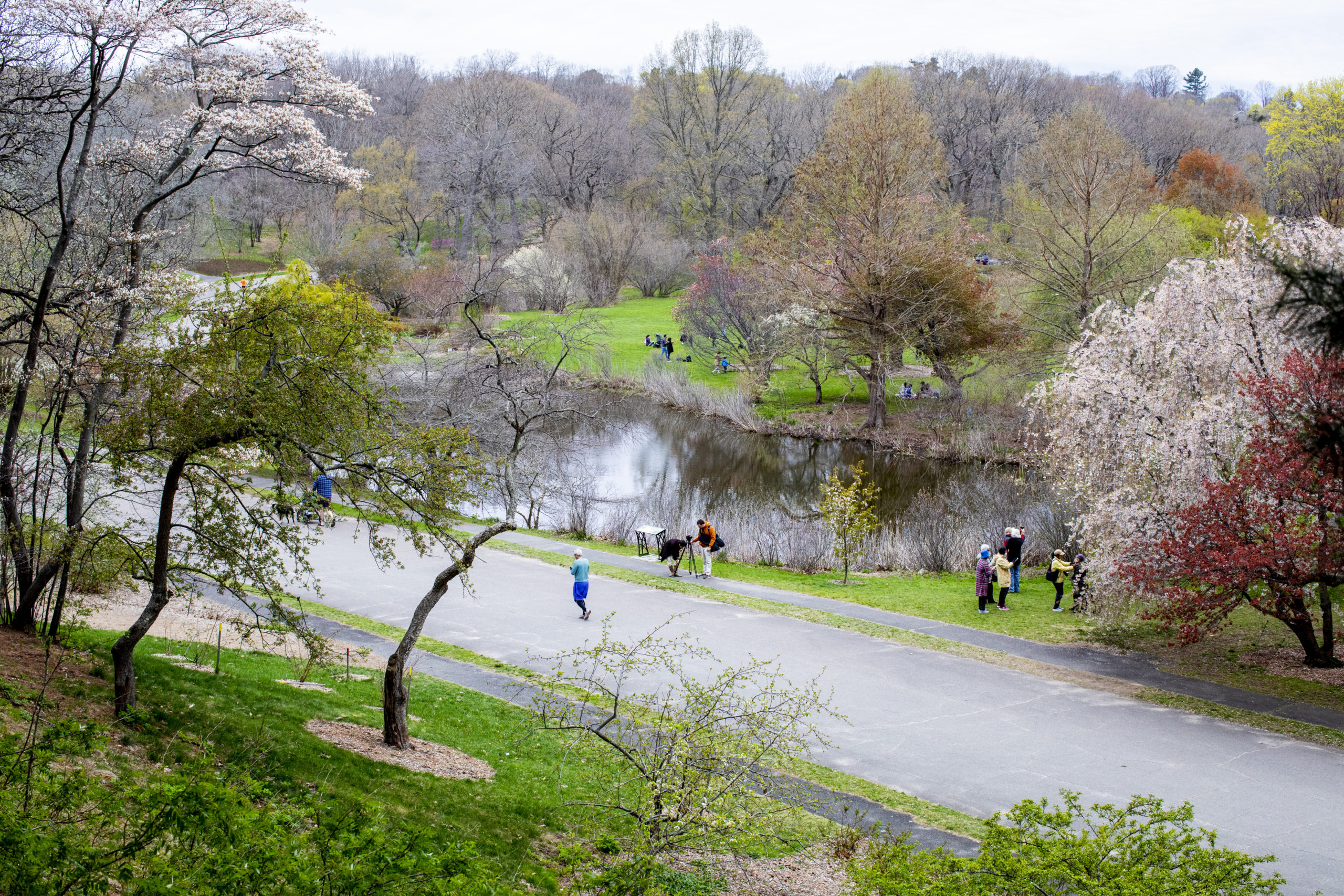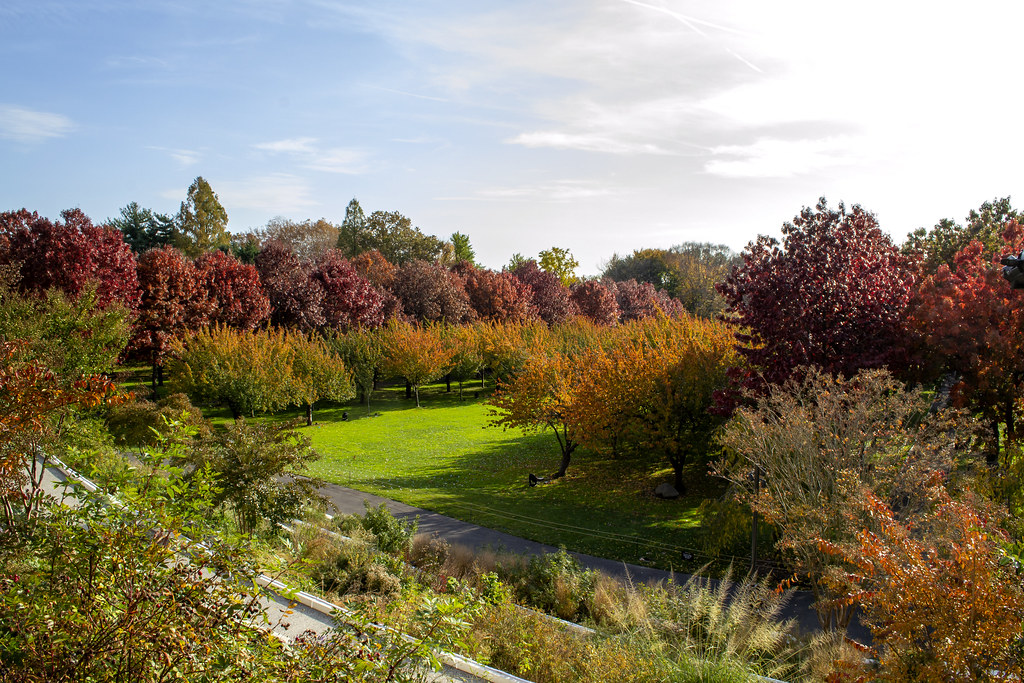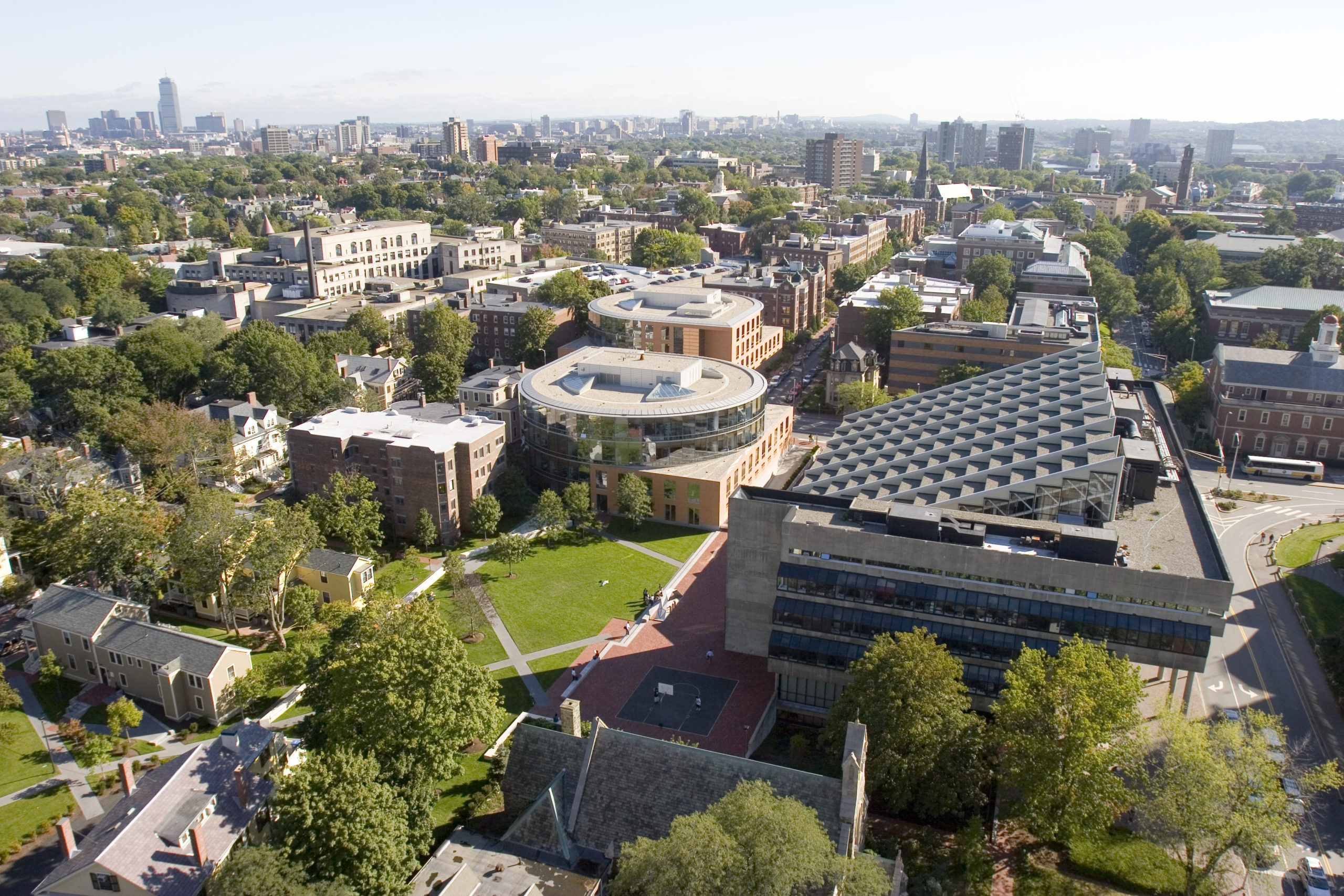
One of the landmark commissions in the storied career of Frederick Law Olmsted, the Arnold Arboretum of Harvard University has explored, collected, preserved, and shared trees and other temperate woody plants for 150 years. The nation’s first and now oldest public arboretum, the Arnold stewards a living collection of some 16,000 accessioned plants mapped across 281-acres of rolling landscape in the Jamaica Plain and Roslindale neighborhoods of Boston. Of the approximately 20 arboreta Olmsted and his firm designed in North America, the Arnold was his first exercise in this genre and an immediate triumph, heralded today as one of his best-preserved works.
The Arboretum was established when the trustees of the will of James Arnold (1781-1868), a New England whaling merchant, transferred a portion of Arnold’s estate to Harvard University. In the deed of trust, income from the legacy was to be used “for the establishment and support of an arboretum, to be known as the Arnold Arboretum, which shall contain, as far as practicable, all the trees [and] shrubs . . . either indigenous or exotic, which can be raised in the open air.” Charles Sprague Sargent was selected as the first director in 1873, and he began courting Olmsted for the job of designing the Arnold Arboretum as early as 1874, just months into Sargent’s remarkable and defining 54-year tenure.
Seemingly from the outset, Sargent envisioned the institution as a synoptic collection of temperate, ligneous flora arranged botanically by plant families in the context of an urban park. Initially, this concept of a dual purpose for the arboretum—serving both the needs of science and aesthetics—made Olmsted question his suitability for the commission. “A park and an arboretum,” he wrote Sargent in July 1874, “seem to me to be so far unlike in purpose that I do not feel sure that I could combine them satisfactorily.” However, whether it was the intriguing challenge of the project or Sargent’s considerable power of persuasion, Olmsted signed on and began work on the Arnold by 1877. He and his firm would continue their iterative progress on the landscape over two decades.
Olmsted’s brilliant and unmistakable signature as a landscape architect remains intact in the landscape today, from his respect for the beauty and integrity of the site’s geological character to creating a curvilinear road system that capitalizes on the site’s sinuous topography to create intimacy, surprise, and vistas of breathtaking beauty. While honoring Sargent’s insistence that the collections be grouped by their plant families for ease of scientific study and comparison, the liberal placement of seasonally ephemeral species out of sequence and retention of historically forested areas on the property lend a significant sense of Olmstedian naturalism throughout. Nevertheless, Olmsted’s most significant and lasting legacy was his advocacy for Harvard to partner with the City of Boston to make the landscape a public park in perpetuity.
“On the 155 acres much the best arboretum in the world can be formed,” Olmsted wrote of the Arboretum on the cusp of its agreement with the City of Boston in 1882. “The scheme is that the city shall lease the condemned land to the college on a nominal rent for a thousand years and that the college shall establish and maintain the arboretum . . . .The arrangement would cost the college nothing and the result would be immeasurably more creditable to it. The city would get a very valuable novel and interesting pleasure ground at about one quarter what it would otherwise have to pay for it.”
His outlook proved to be prescient. Today the Arboretum is a vital and beloved connecting point between Harvard and Boston, and between the floras of North America and eastern Asia. While the Arboretum helps advance Harvard’s mission of education and discovery through its renowned collections and research on plants and global change at its Weld Hill Research Building, it also provides Boston area citizens with open access to one of the finest landscapes of Olmsted’s career and one of the most eminent collections of trees on Earth. The Arboretum continues to fulfill and enhance both roles, without receiving operational funding from either the City or the University. From the very beginning, the Arnold has carried out its diverse educational and public missions because private citizens believed in its value, enjoyed its benefits, and supported its progress through the generation of an endowment, ongoing gifts, and memberships.
In 1871, the year before the Arnold Arboretum was founded, Olmsted wrote about the unique power of public parks to draw people in urban areas together through a shared appreciation of nature commonly held. “Each individual adding by his mere presence to the pleasure of all others,” he wrote, “all helping to the greater happiness of each.” The spirit of this sentiment resonates in our present moment, particularly in the aftermath of a global pandemic that relegated most gatherings to outdoor spaces as a matter of protecting public health. Visitation at the Arboretum has reached historic levels since early 2020, a trend continues unabated even as pandemic guidelines have relaxed.
Olmsted’s vision of democratizing urban areas through shared parkland continues to guide the Arnold Arboretum’s public mission, informing everything from its educational outreach to Boston schools to capital plans underway to renovate and ennoble each of nearly 20 gates connecting the Arnold to the diverse communities encompassing it. “We want a ground to which people may easily go after their day’s work is done,” Olmsted wrote, “where they may stroll for an hour, seeing, hearing, and feeling nothing of the bustle and jar of the streets, where they shall, in effect, find the city put far away from them.” It’s a testament to Olmsted’s remarkable foresight that 150 years into its existence, this unique collection of trees in the thick of a great metropolis still impresses and inspires visitors as a pastoral wonderland.
Jon Hetman is Associate Director of External Relations and Communications, Arnold Arboretum of Harvard University.











